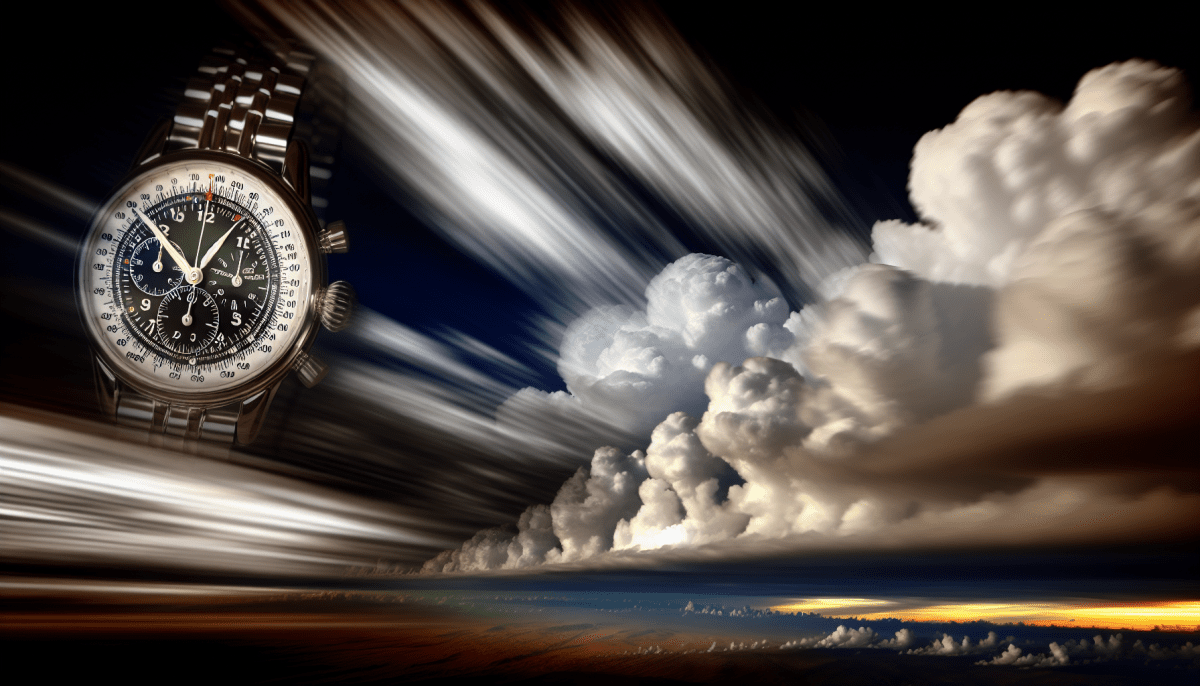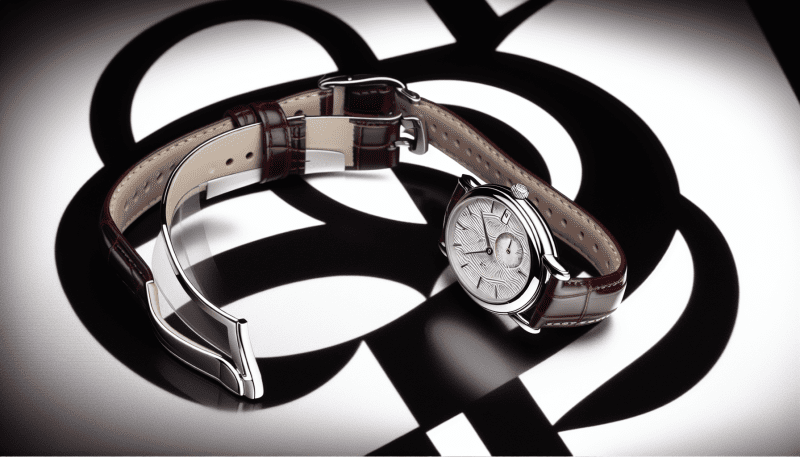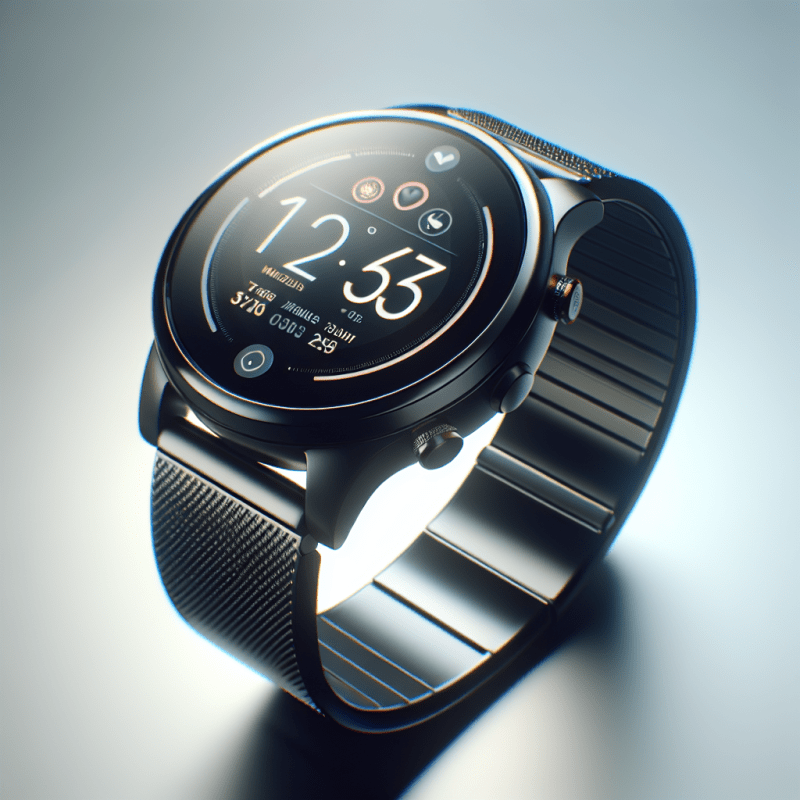Choosing the right features for your field chronograph watch can significantly enhance your outdoor experience. When selecting a chronograph, consider its durability and water resistance. A watch designed for the field should be robust enough to withstand knocks and bumps, and a minimum water resistance of 100 meters is ideal for most outdoor activities. This ensures that your watch can handle a little rain or splashes while you focus on the adventure ahead.
Another important aspect to consider is the readability of the watch face. In the heat of the moment, you want to quickly and easily read the time and any other functions. Look for a field chronograph watch with luminous hands and markers that can be read in low-light conditions. The size of the numerals and the contrast between the watch face and the markings can also make a big difference in visibility.
Functionality is key when it comes to field chronograph watches. Think about the specific features you will use most. Some models offer a tachymeter for speed measurement, while others may have additional timers or lap functions. Determine what you will need during your activities, whether it’s tracking your pace during a hike or timing an event during a camping trip. Select a chronograph that balances these features with ease of use.
Lastly, comfort is vital, especially if you plan to wear your field chronograph watch for extended periods. Consider the strap material and adjustability to ensure it fits snugly on your wrist without causing discomfort. A watch with a lightweight design can be advantageous, so you hardly notice it’s there while you’re busy enjoying the great outdoors. Prioritizing comfort will allow you to focus on your adventures rather than constantly adjusting your gear.
Understanding Chronograph Functions
When you're exploring the features of a field chronograph watch, it's essential to grasp how its unique functions can enhance your outdoor adventures. A chronograph is not just a watch; it’s a tool that combines the practicality of timekeeping with the functionality required for timing various activities. At its core, a chronograph allows you to measure elapsed time, making it particularly useful for timing events like races, hikes, or even cooking.
The primary function of a field chronograph watch is its stopwatch capability. With dedicated pushers on the side, you can start, stop, and reset the timer with ease. This feature is especially handy if you're tracking intervals or checking how long it takes to complete a specific task. As you push the buttons, the seconds, minutes, and hours can be displayed alongside the watch’s standard time, giving you a clear and accurate reading at a glance.
In addition to standard timing functions, many field chronograph watches include multiple sub-dials. These small dials can record different time intervals simultaneously, allowing you to track various activities without needing separate devices. Imagine timing your ascent and descent during a hike or keeping track of laps during a run. The versatility of a field chronograph watch empowers you to monitor several events at once, enhancing your ability to manage time effectively.
Another important aspect of a field chronograph watch is its durability and readability. Designed for outdoor use, these watches often feature rugged materials and clear faces that make them perfect companions for any adventure. Whether you’re trekking through the woods or navigating urban landscapes, the sturdy construction and easy-to-read displays ensure that you can time your activities accurately and reliably.
Tips for Accurate Timekeeping
When it comes to mastering time with a field chronograph watch, accuracy becomes paramount. Here are some essential tips to ensure you get the most precise readings possible. First, always start by checking the calibration of your watch. Even the best chronographs can drift over time, so it’s important to set it against a known accurate time source regularly.
Next, pay attention to temperature changes. A field chronograph watch can be affected by extreme temperature variations, which might lead to minor discrepancies in timekeeping. Whenever you know you’re in a different environment, allow your watch to acclimate for a few minutes. This simple act can help improve accuracy.
Moreover, when using the chronograph function for timing events, ensure that you start and stop the stopwatch feature only when necessary. It’s easy to forget to stop the chronograph, and running it continuously can lead to an inaccurate reading over time. Make it a habit to reset it after each use for clear and reliable measurement.
Lastly, regular maintenance is key to keeping your field chronograph watch in top shape. Consider having it serviced at intervals recommended by the manufacturer. This will not only help maintain the intricate mechanisms inside but also ensure that you continue to enjoy precise timekeeping for years to come.
Caring for Your Chronograph Watch
Caring for your field chronograph watch is essential to ensure its longevity and accuracy. These watches are designed to withstand the rigors of outdoor activities, but they still require regular maintenance. Begin by keeping an eye on how frequently you wear your watch. If it’s often exposed to dirt, sweat, or moisture, make it a habit to clean it regularly to keep it looking and functioning at its best.
One of the most important aspects of maintaining your field chronograph watch is proper cleaning. Use a soft cloth to wipe down the case and bracelet after each use. For more thorough cleaning, you can use a mild soap and water solution. Just be sure to avoid getting water into the watch by ensuring that the crown is fully pushed in or screwed down. Additionally, if your watch has any leather components, it's wise to keep them away from water to prevent damage.
It’s also essential to pay attention to the battery life and movement of your field chronograph watch. If your watch relies on a quartz movement, check the battery regularly, usually every two to three years, and replace it as needed. For automatic or mechanical watches, consider a regular service to maintain the internal mechanisms. Keeping your watch serviced by a professional every few years will help catch any potential issues early on.
Lastly, store your field chronograph watch properly when you’re not wearing it. A watch box or soft pouch will protect it from dust and scratches. If you’re traveling, consider using a more secure case to prevent any accidents along the way. By following these simple care tips, your field chronograph watch will serve you well for years to come.



